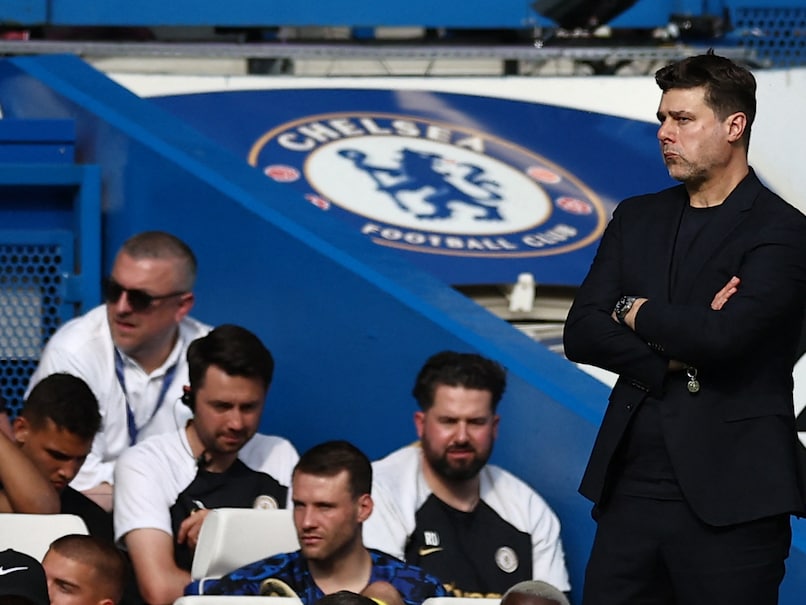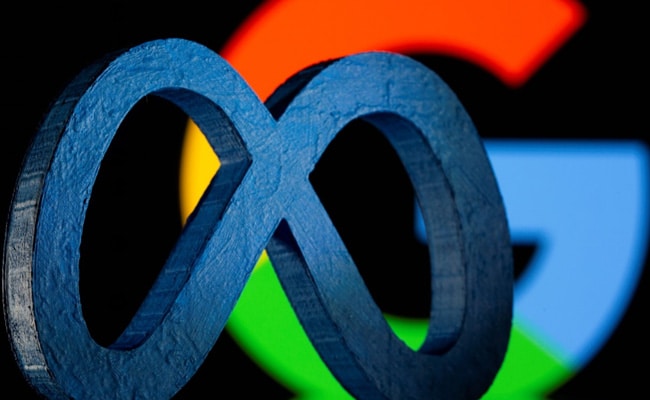‘Pushpak’ was released from an Indian Air Force Chinook Helicopter at an altitude of 4.5 km
New Delhi:
In a rare distinction for any space agency, the Indian Space Research Organisation (ISRO) today achieved a rare hat-trick of the safe landing of an uncrewed, autonomous winged reusable launch vehicle during an experiment in this century.
ISRO said in a statement that it has proudly achieved a third consecutive success in the Reusable Launch Vehicle (RLV) Landing Experiment (LEX) today. “The third and final test in the series of LEX (03) was conducted at 07:10 IST at the Aeronautical Test Range (ATR) in Chitradurga, Karnataka,” it said.
Hat-trick for ISRO in RLV LEX! 🚀
🇮🇳ISRO achieved its third and final consecutive success in the Reusable Launch Vehicle (RLV) Landing EXperiment (LEX) on June 23, 2024.
“Pushpak” executed a precise horizontal landing, showcasing advanced autonomous capabilities under… pic.twitter.com/cGMrw6mmyH
— ISRO (@isro) June 23, 2024
ISRO chairman S Somanath told NDTV, “ISRO achieved a hat-trick of safe landings by the Pushpak or Reusable Launch Vehicle, now this sets the stage for the orbital test of Pushpak. It will be launched on a rocket into space, and then it can safely land on Earth. Truly a game-changer technology to reduce cost of access to space. A uniquely atmanirbhar effort by ISRO to harness reusable rockets in a swadeshi way in the 21st century.”
“Bringing the most expensive part of the rocket that houses the electronics is what makes Pushpak the futuristic rocket tech for India. ISRO continues to work hard to master technology,” he said.
The real big test will come when India goes in for the orbital test. Mr Somanath says, “The Orbital Re-entry Vehicle (ORV) will have high temperature protection tiles on its outer surface. Liquid rocket engines and a retractable landing gear. It will also have space for a payload that can be deployed through a door that will open.”
The making of India’s own delta winged ‘space shuttle’ of sorts, though uncrewed, it is indeed a big leap of faith at a point where other agencies are only attempting to bring back spent hollow rocket stages.
A whole new vehicle much larger in size will be made for the orbital test based on the success of today’s test and it will first be tested in a landing experiment before it is flown into space and brought back to Earth like a space plane.
ISRO says following the success of the RLV (Reusable Landing Vehicle) LEX-01 and LEX-02 missions, RLV LEX-03 re-demonstrated the autonomous landing capability of the RLV under more challenging release conditions (cross range of 500 m against 150 m for LEX-02) and more severe wind conditions.
RLV-LEX3 Video pic.twitter.com/MkYLP4asYY
— ISRO (@isro) June 23, 2024
The winged vehicle, ‘Pushpak’, was released from an Indian Air Force Chinook Helicopter at an altitude of 4.5 km. From a release point 4.5 km away from the runway, Pushpak autonomously executed cross-range correction manoeuvres, approached the runway and performed a precise horizontal landing at the runway centreline. Due to this vehicle’s low lift-to-drag ratio aerodynamic configuration, the landing velocity exceeded 320 kmph, as compared to 260 kmph for a commercial aircraft and 280 kmph for a typical fighter aircraft. After touchdown, the vehicle velocity was reduced to nearly 100 kmph using its brake parachute, after which the landing gear brakes were employed for deceleration and stop on the runway. “During this ground roll phase, Pushpak utilises its rudder and nose wheel steering system to autonomously maintain a stable and precise ground roll along the runway,” the ISRO statement said.
According to ISRO, this mission simulated the approach and landing interface and high-speed landing conditions for a vehicle returning from space, reaffirming ISRO’s expertise in acquiring the most critical technologies required for the development of a RLV.
Through this mission, the advanced guidance algorithm catering to longitudinal and lateral plane error corrections, which is essential for the future Orbital Re-entry Mission, has been validated. The RLV-LEX uses multi-sensor fusion including sensors like inertial sensor, Radar altimeter, Flush air data system, Pseudolite system and NavIC. Notably, the RLV-LEX-03 mission reused the winged body and flight systems as such without any modification, from the LEX-02 mission, demonstrating the robustness of ISRO’s capability of design to reuse flight systems for multiple missions.
This mission simulates the approach and landing interface and high-speed landing conditions for a vehicle returning from space, which will reaffirm ISRO’s expertise in acquiring the most critical technologies required for the development of a Reusable Launch Vehicle (RLV) asserts ISRO
India embarked on making its own version of the swadeshi ‘space shuttle’ by planning about it more than 15 years ago, but actual work, it seems, started 10 years ago when a dedicated team of engineers and scientists plunged into making RLV a reality. The 6.5 metre aeroplane-like spacecraft weighs 1.75 tonnes.
During the descent phase, which is essentially a glider like event, small thrusters will help the vehicle to be navigated to the exact spot where it is supposed to land.
The making of the Indian space shuttle or RLV has taken more than 10 years and the government has invested over Rs 100 crore in the project.
Mr Somanath congratulated the team for their efforts in maintaining the success streak in such complex missions. Dr S Unnikrishnan Nair, director of Vikram Sarabhai Space Centre, emphasised that this consistent success boosts ISRO’s confidence in the critical technologies essential for future orbital re-entry missions.





















